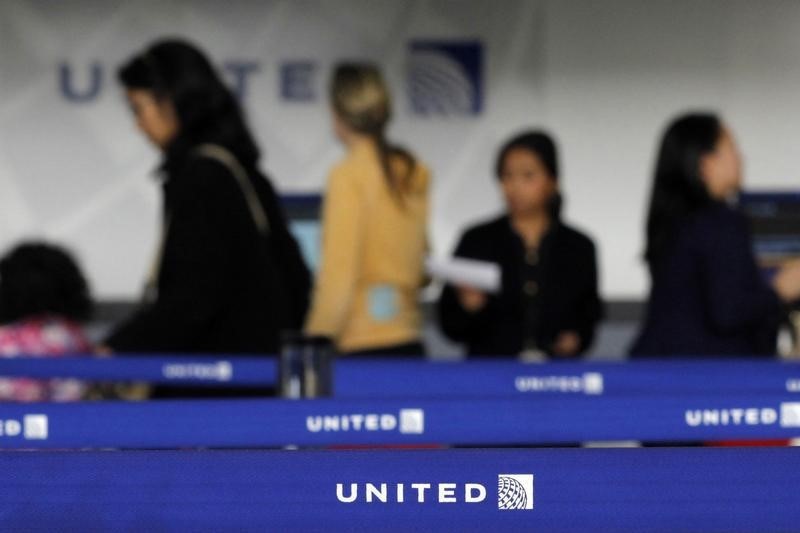This post was originally published on this site

For months, airlines had been bullish on travel demand, which had allowed them to lift fares even as consumers cut down on discretionary spending due to rising inflation.
But United on Monday cited “new seasonal demand patterns” during January and February, when travel appetite generally tends to cool, put pressure on its pricing power as it also operated more flights in anticipation of continued demand.
Though United expects second-quarter revenue to be better than expectations and reiterated its full-year profit forecast, J.P. Morgan analysts said investors were still likely to be spooked by the current-quarter guide.
BofA Global Research analysts said a likely widening gap between booking and travel dates could also further pressure ticket prices.
Total revenue per available seat mile, a proxy for pricing power, is estimated to be up 22% to 23% in the first quarter from a year earlier, slower than the 25% growth expected previously, United said.
United forecast an adjusted diluted loss per share of between $0.60 and $1.00 in the first quarter, also due to higher fuel costs and expenses related to a new contract it is negotiating with pilots, which the airline is recognizing a quarter early.
However, the new demand patterns are expected to lift the second quarter, which consist of peak travel months. Operating revenue is now expected to be up in the mid-teens range compared to last year.
“The company is seeing stronger revenue in the peak months and more discounting in off-peak months,” TD Cowen analyst Helane Becker wrote in a note.
Meanwhile, United’s rival Delta Air Lines Inc (NYSE:DAL) on Tuesday reaffirmed its first-quarter outlook.


